Can animals evolve fast enough to keep up with the changing city?
A new study on chipmunks and voles in Chicago digs deep—literally into their skulls—to find out.
📍 The big idea
As cities grow and the climate shifts, wild animals must adapt—or get left behind. But are these changes happening fast enough? Scientists in Chicago looked at more than 300 rodent skulls collected over the past 120 years to search for signs of evolution in response to urbanization and warming temperatures.
And what did they find? The answer is fascinating: some changes, yes—but not as fast or as dramatic as you might think.
🧠 Skulls as evolutionary time capsules
To track changes over time, researchers used the skulls of:
- The eastern chipmunk—a woodland generalist that occasionally raids birdfeeders.
- The eastern meadow vole—a grassland-loving rodent that keeps a lower profile in the city.
These skulls came from museum collections dating from the 1890s to 2020s. Using precise measurements and 3D scans, scientists compared skull size, shape, and features like tooth length and braincase width. They then matched each specimen with data on how urbanized its neighborhood was when it was collected.
🐭 So… are rodents rapidly evolving?
Kind of.
- 🐿️ Chipmunks are getting bigger, possibly due to increased access to year-round food, including human leftovers.
- 🦷 But interestingly, their tooth rows are shrinking, suggesting a softer or more calorie-rich diet—less foraging, more feasting?
- 🐁 Voles, on the other hand, show subtle shape changes in their skulls in more urbanized areas, especially flatter heads and less variation between individuals.
So yes, there are signs of evolution at work—but they’re gradual and complicated.
🌆 Why urban evolution is so tricky
We often imagine evolution as dramatic: a species transforms quickly in response to a new environment. But this study shows it’s more like a quiet tug-of-war between the old and new.
Urban environments are messy. They change fast, but not evenly. Some neighborhoods have parks and trees, others are all concrete. That means animals like rodents face a patchwork of pressures, not one clear direction.
Add to that the fact that rodents like chipmunks can move between city and suburb, and you get lots of gene flow—which can slow down evolutionary changes.
🏛️ Museums are the real heroes
One of the coolest parts of this study? It was made possible by museum collections. Generations of scientists collected and preserved these rodents, never knowing they’d be key to studying modern urban evolution.
By looking at skulls from different decades, scientists can track change over time in a way that no short-term study could capture.
🧩 Evolution is happening—Just not how we expected
The headline might say “Rodents are rapidly evolving,” but the truth is a little more nuanced. This study reveals that even in a fast-changing world, evolution doesn’t always sprint—sometimes it strolls. And sometimes, it changes behavior or physiology more than bones.
But what’s certain is that humans are shaping the evolution of animals around us, whether we realize it or not. And the next time you see a chipmunk darting through a backyard, remember: it might be part of an ongoing evolutionary experiment, unfolding right under our noses.
Summary
- Scientists studied 300+ rodent skulls from 1890–2020 in Chicago.
- Chipmunks are getting bigger but have shorter toothrows—maybe from eating softer, human-linked food.
- Voles have flatter skulls in urban areas and less shape diversity.
- Evolution is happening, but slowly and differently in different species.
- Museum collections are essential for studying long-term change.
Suggested Reading
Feijó, A., Stringer, A., Bian, L., & Smith, S. M. (2025). Limited cranial shifts in city-dwelling rodents after a century of urbanization. Integrative And Comparative Biology, icaf081.
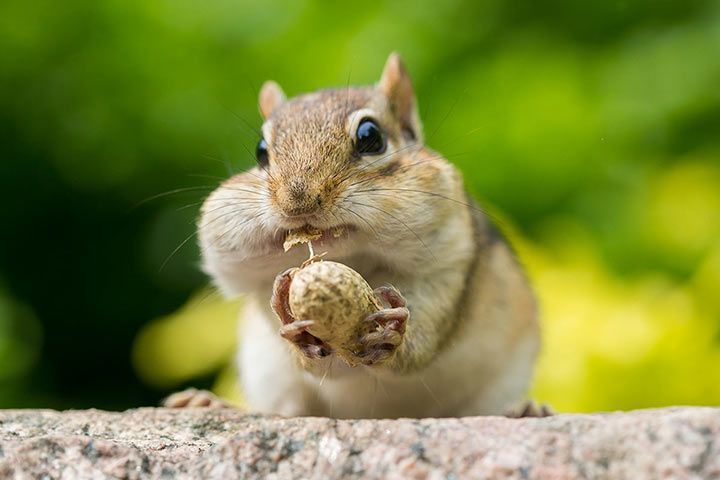
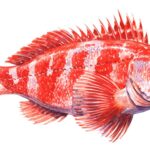
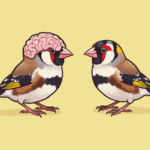
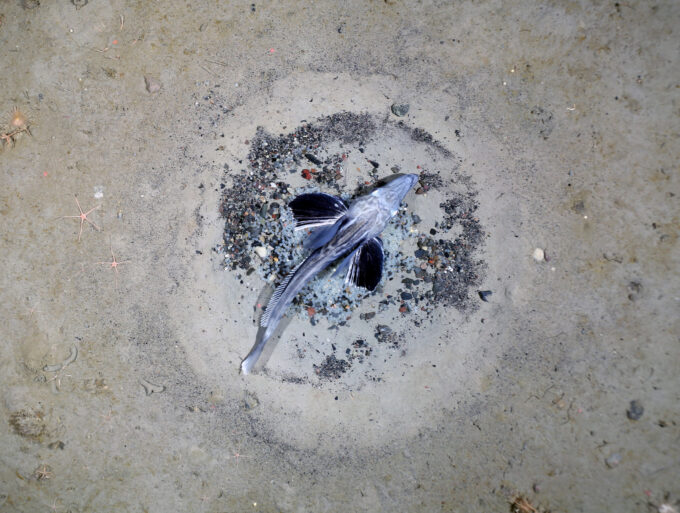

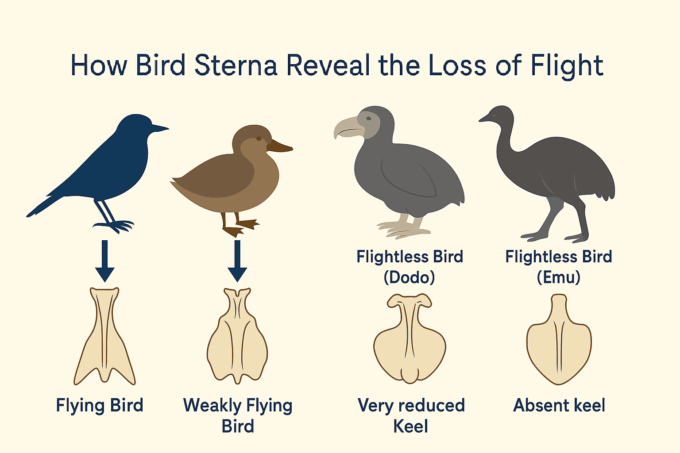
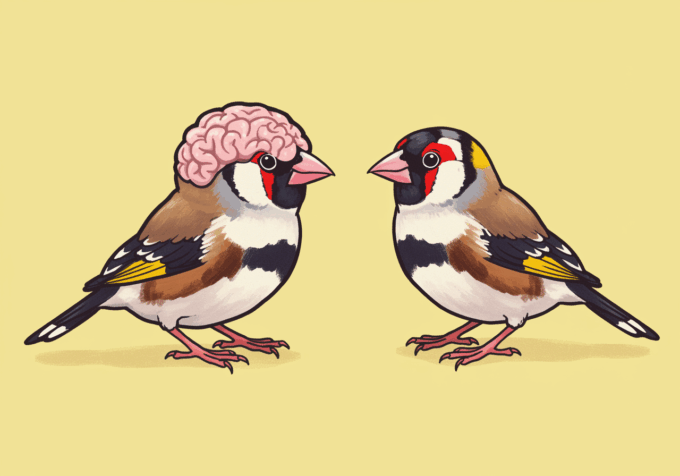
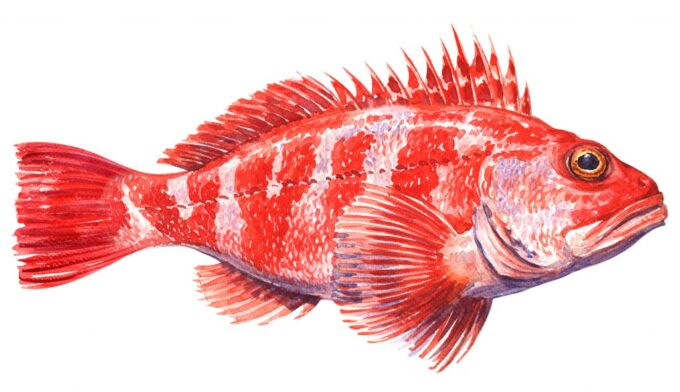
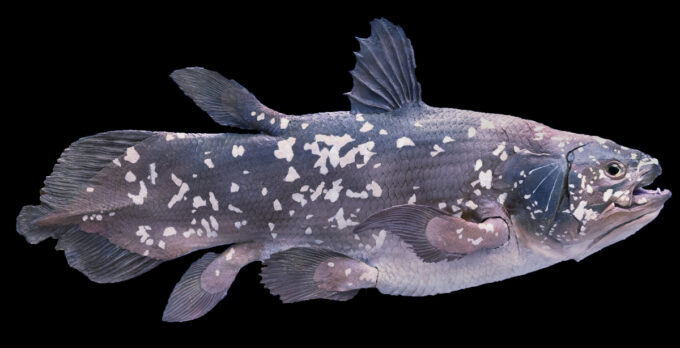
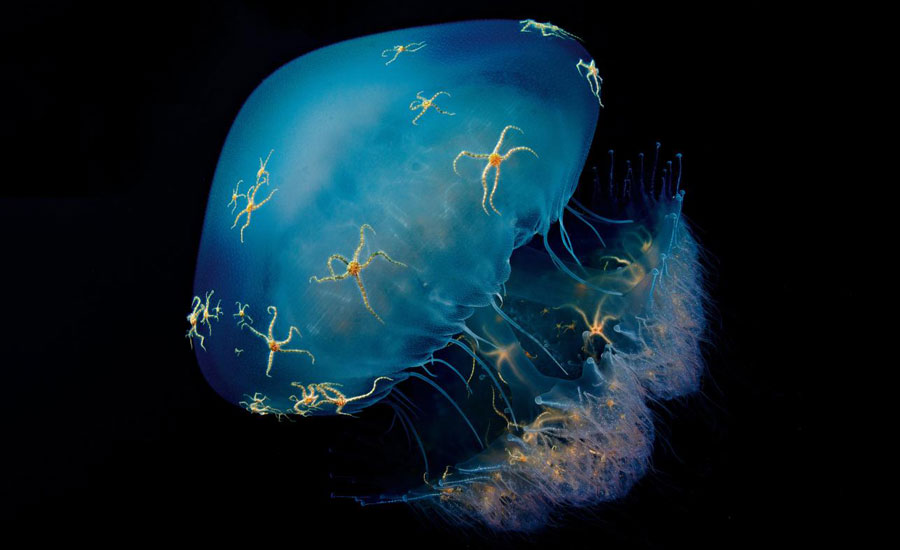
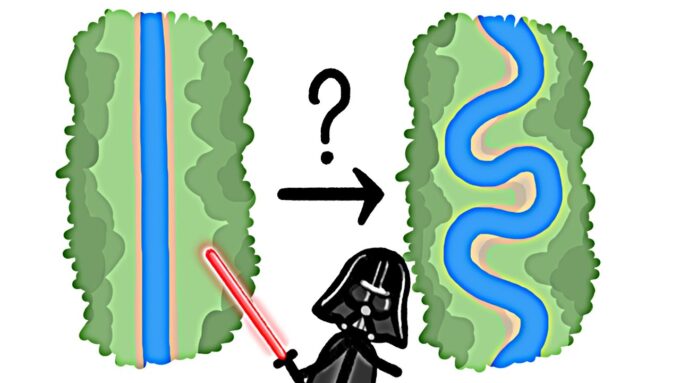
Leave a comment